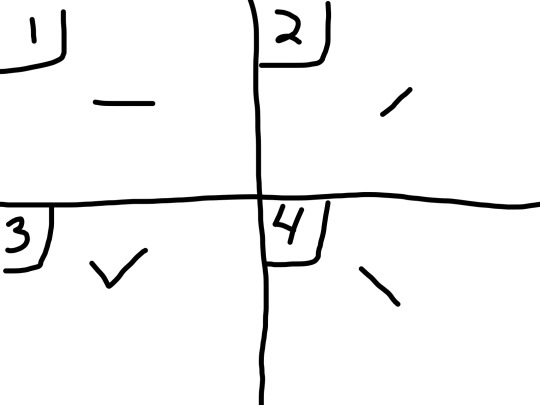#mandarin tones
{Here is a guide to difficult pinyin pronunciation I found in a book on the Chinese government that I will work cite at the end of the post}
As many know, Chinese characters are one syllable long, made up of an ‘initial’ letter and ‘final’ letter that dictates that overall sound of the syllable. With that in mind, here are two tables cover the harder pronunciations in pinyin for ‘initial’ and ‘final’ letters.
Initials:
Pinyin English (pronunciation)
c ts
qi cheek
x hs
z dz
zh jack
Finals:
Pinyin English (pronunciation)
a father
ai bye
ao now
e but
i see (note: after initials ‘ch’, ‘sh’ & ‘zh’,it’s pronounced as ‘r’)
iu yo
ou so
u loot
ua trois (french for “three”)
(note: italicized is equivalent in sound that pinyin makes)
Combination Examples
Pinyin English (pronunciation)
zhou jyo
xi hsee
zao dzow
Work Cited
Lieberthal, Kenneth. “Pinyin Pronunciation Table.” Governing China: from Revolution through Reform, W.W. Norton, 2004.
A/N: If you have any questions, feel free to drop them on me!
edit: as it’s been brought up, the table’s representation of how to pronounce ‘qi’ is slightly off. A slight ‘t’ in front makes it more authentic and correct. I believe the book compared it to “chee” in cheek because that is the closest representation in English. Nevertheless, ‘tchee’ is more accurate.
bdrkness replied to your post “Explaining the four tones used in Mandarin Chinese”
谢谢你! So I’m just curious… if 妈 is mother what are the 汉子 for female horse and how do you pronounce it in pinyin?? Would it be 女马?
你好 ! firstly, i believe you meant 文字 (wén zì). With that in mind, the term for a female horse in english is “mare”. The 文字 for mare is 母马 and the pinyin is mǔ mǎ. It would be pronounced like MuH-MaH.
If you’re looking for a literal translation of “female” “horse”, 女马 would be correct ( 女 meaning “female” and 马 meaning “horse”).

To explain the four tones and how they affect the language, I’ll use the Chinese pinyin syllable “ma”
The four tones used in Chinese are typically shown through pinyin above the affected letter, like mā, or occasionally represented after the affected letter with the number that corresponds with the tone (ma1).
Tones dictate the way in which words are pronounced, similar to accents. The difference between tones and accents would be that in actual written Chinese, the tone marks do not appear, while accents in languages especially noted for them like French and Spanish, the accent marks do appear (résumé). Tone marks were created to explain in pinyin the difference in pronunciation.
As you’re about to discover, pronouncing pinyin syllables wrong, and not following the tonal rules, will result in the wrong word being said (that being said, most native speakers won’t be angry that you got it wrong, they’ll probably just find it funny and cute).
1st tone mā (妈) – mother
With the 1st tonal mark on ma, you pronounce it with a purposeful flat pitch, like m-ah.
Saying it this way, you are reciting the Chinese character 妈 aka mother
2nd tone má (麻)– numb/hemp
With the 2nd tonal mark on ma, you pronounce it with a purposeful low to high pitch, like ma-AH.
Saying it this way, you are reciting the Chinese character 麻 aka numb/hemp
3rd tone mǎ (马) – horse
With the 3rd tonal mark on ma, you pronounce it with a purposeful dip in pitch, from high to low to high, like Ma-aH.
Saying it this way, you are reciting the Chinese character 马 aka horse
4th tone mà (骂) – curse/name call
With the 4th tonal mark on ma, you pronounce it with a purposeful high to low pitch, like MA-ah.
Saying it this way, you are reciting the Chinese character 骂 aka to curse/name call
Neutral/no deliberate tone ma (吗) – indicates a yes/no question
Just saying “ma” without intent of pitch, at the end of a sentence, turns it into a yes/no question!
A/N: Let me know if you have any confusion or I got something wrong! Also I am the new admin covering the mandarin chinese learning content. I plan on doing “learning chinese through cpop” posts along with normal structure and vocab posts.
